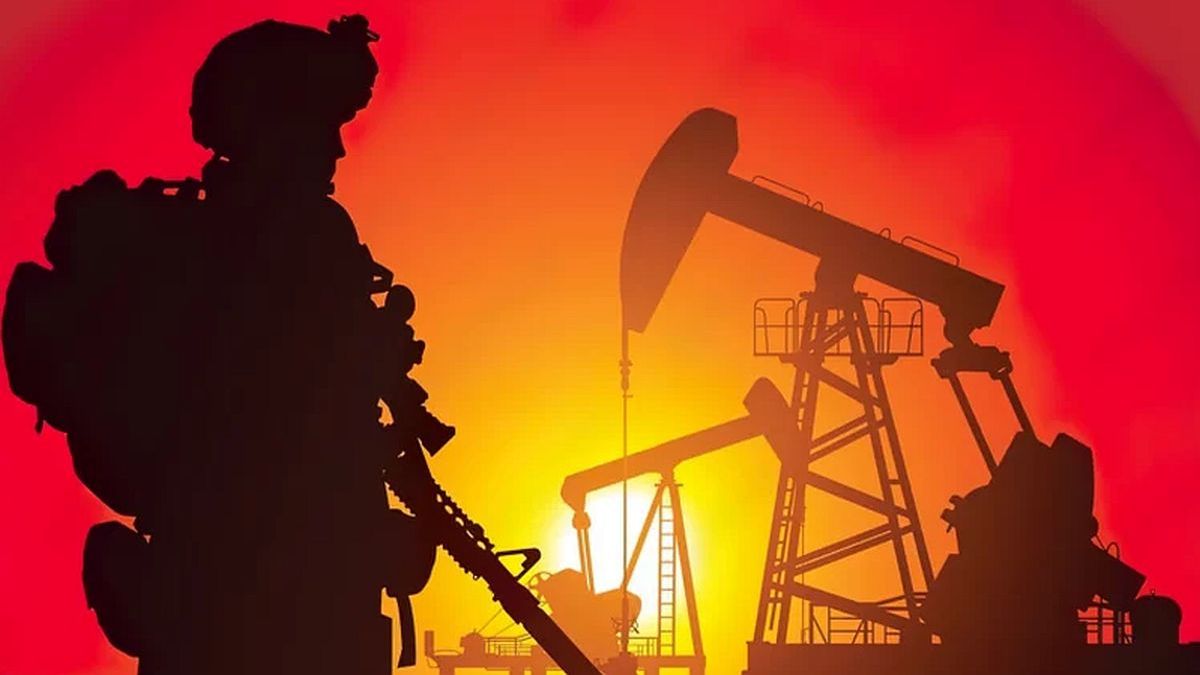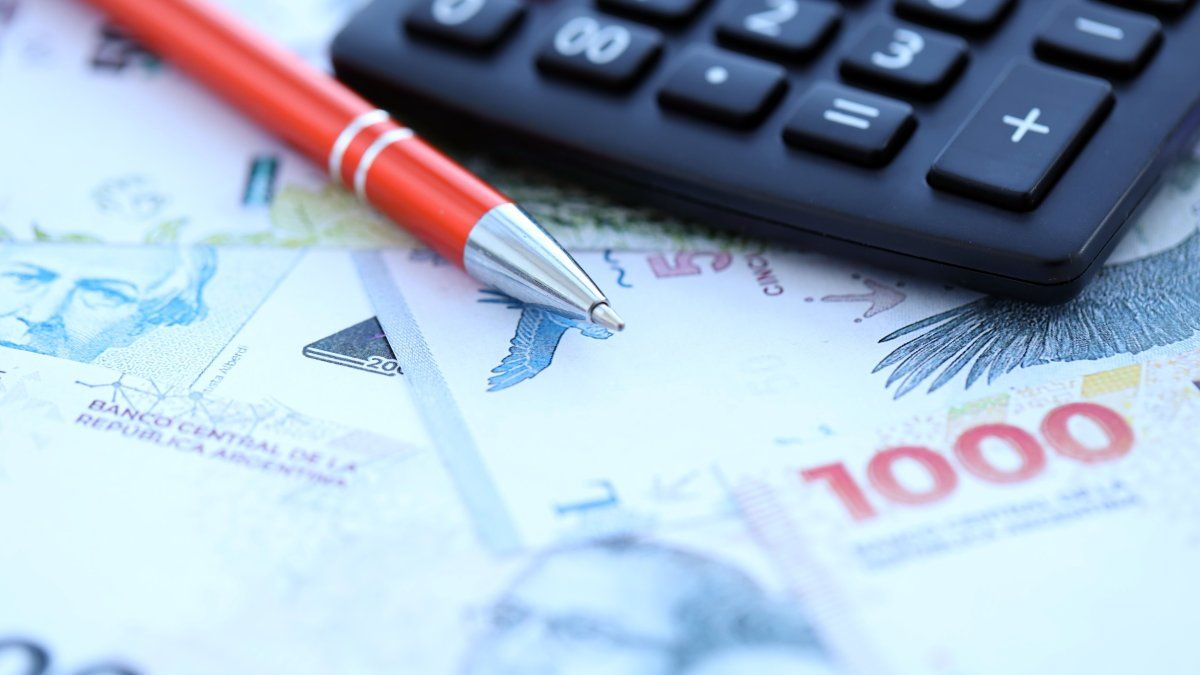Post-attack reaction: the market anticipated an escalation since Friday
By the end of last week, investors the worsening of the conflict began to palpitate in the Middle East over a possible Iranian response, following Israel’s attack on its consulate in Damascus, Syria. Thus, the contracts as of June Brent rose 0.79%, scoring $90.45 per barrel, with peaks of US$92.18. Meanwhile, in New York, the price of a barrel of WTI For May, it had an advance of 0.75%, reaching the $85.66.
However, the market’s first response to the escalation of war tended towards moderation. The future price for crude oil Brent fell more than 1% at the beginning of the day, until $89 per barrel, while the WTI lost 1.2%, piercing the floor of $85 per barrel.
“The market had already priced in some kind of attack, while limited damage and no loss of life means the possibility of a more measured response from Israel.“said the analysts of the financial firm ING, cited by El Economista. In turn, they consider that the United States and Europe “will maintain efforts” to limit the Israeli response.
In any case, Israel’s counteroffensive is understood as the main uncertainty: “In the case of oil, the risk is that we are approaching supply being directly affected“, they added.
Iranian oil, key amid OPEC+ cut
To understand the risk due to the distribution of the resource, it is necessary to highlight that the conflict in the Middle East maintains the participation of the second most important source of supply within the Organization of the Petroleum Exporting Countries (OPEC), after US oil.
Iranian crude oil production has increased by almost 3 million barrels per dayaccording to INGdespite US sanctions on exports, which seek to deteriorate their financing in the context of the geopolitical conflict.
“If oil sanctions are applied more strictly, it could cause a loss of supply of between 500,000 and 1 million barrels per day“say the entity’s experts.
At the same time, Iran’s interference warns of the regionalization of the conflict and the attempt to interrupt the flow of oil through the Strait of Hormuzchannel that concentrates 17% of production of the OPEC countries and is home to two oil pipelines.
But the pricing scenario is even more complex. The members of the OPEC+led by Saudi Arabia and Russiapreviously announced that the current voluntary cuts in crude oil production will be maintained, after reviewing the data for January and February.
Thus, last month they agreed to cut their production up to a total of 2.2 million barrels per day (bdp) in the first quarter of this year, to seek to stabilize oil prices, after the losses caused by covid-19 and the deficit in its external accounts. The next meeting of the organization will be held on June 1.
Impact of the conflict in Argentina: what can the Government do to avoid price increases?
How can Argentine markets be affected? For Juan José Carbajalesowner of the consulting firm Paspartú, if the regional conflict escalates and the global price of crude oil skyrockets (above 100 USD/bbl) “It is unknown what the Government will do.”.
In that sense, it proposes two options: allow, as intended with the Base Bill, that combine internal prices with international prices and that YPF transfers that advance of 15%-20% to the pump; or -instead- prioritize inflation control with the recent argument of “they went too far with the increases for the middle class” (but here applied to refiners such as YPF, Axion and Shell).
For the specialist and former official within the Energy area in the previous administration, a key fact is that the Government “In February, it did not allow producers to sell more expensively when the international value of crude oil went from US$80 to US$90.only the price changed with the update of the fuel tax.”
In fact, the Creole barrel continues to be sold at January values, that is, US$67. “Another issue to follow, from geopolitics, It is the actions of OPEC+, that could free up more production to control the price, and the US, which could also dump more production from its Strategic Reserve”, clarifies Carbajales.
According to Esteban Kiper, former general manager of Cammesa, convergence with export parity (barrel price) is not “full”. “We must see if, given a possible significant increase in crude oil in the international market, it is decided to enable the transfer to the pump. If what is happening with rates is taken as a reference, where subsidies to sectors 2 and 3 have remained at high levels, it seems unlikely that this will happen.”, says the specialist.
On the other hand, in terms of LNG, if prices rose, “the impact would be less.” A part of the shipments has already been purchased, and with the Nestor Kirchner Gasduct operational, the requirements are more limited,” says Kiper.
For the economist Cristian Folgaralign the country with international prices “It would be good news for the upstream and the provinces”. However, he assures that OPEC’s actions are “collusive” since the member countries share market shares.
“It is assumed that the international price is transparent, but OPEC’s action is punishable by the Competition Defense laws of all countries, including Argentina. “Would it be okay for us to use international values when they arise from cartelization?” concludes the specialist.
At the regional level, April 18 The license that the US Treasury Department granted to Venezuela expireswhich allowed temporarily lift sanctions that weighed on the oil and gas industry. The decision to renew it – or not – may be influenced by the need to provide greater supply to the crude oil market and control the price.
Source: Ambito
I am a 24-year-old writer and journalist who has been working in the news industry for the past two years. I write primarily about market news, so if you’re looking for insights into what’s going on in the stock market or economic indicators, you’ve come to the right place. I also dabble in writing articles on lifestyle trends and pop culture news.




